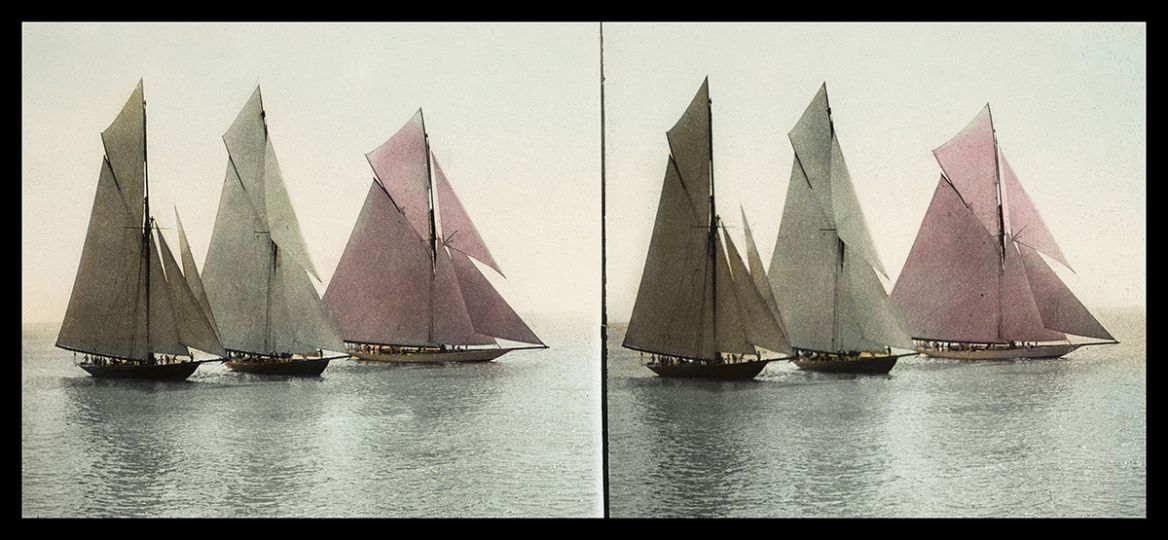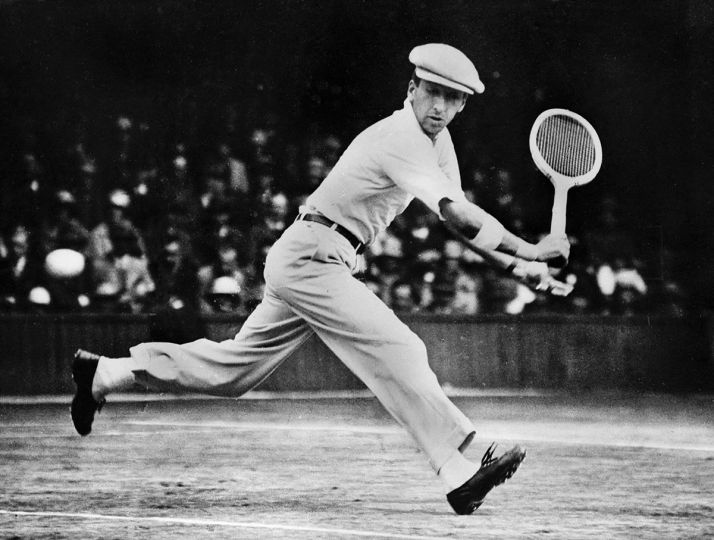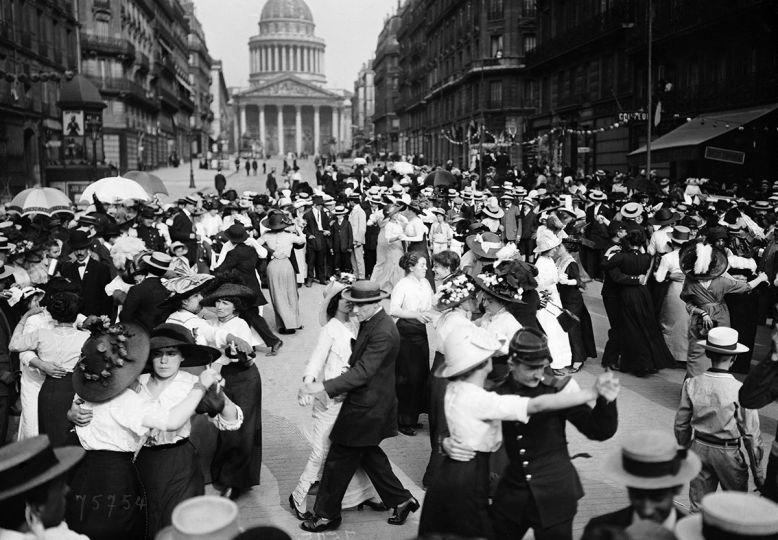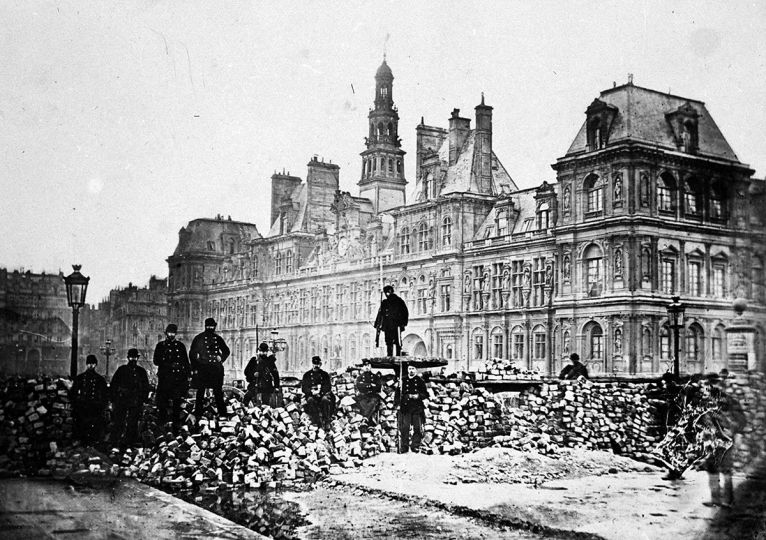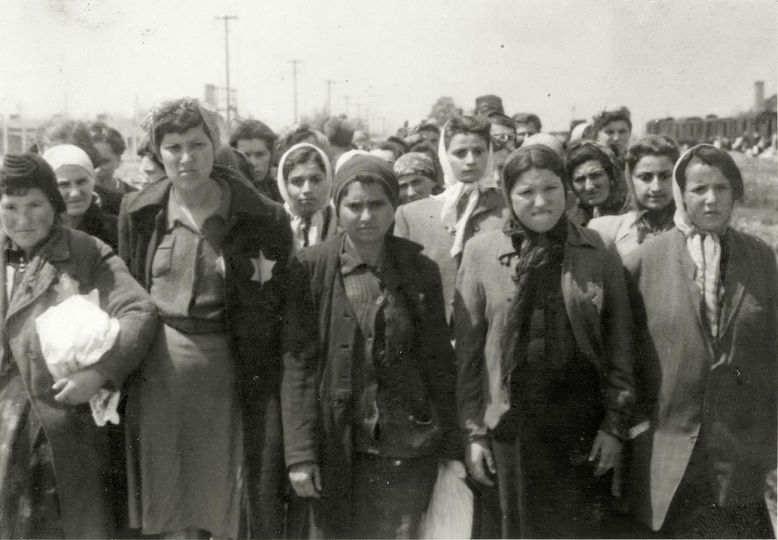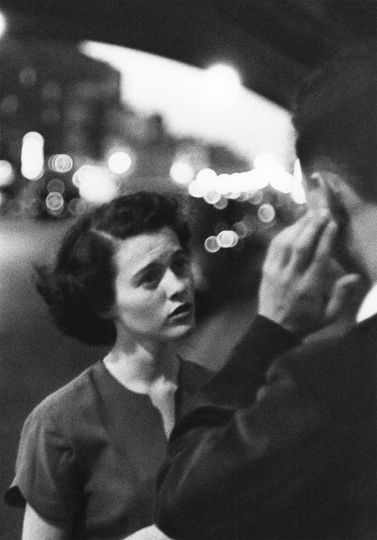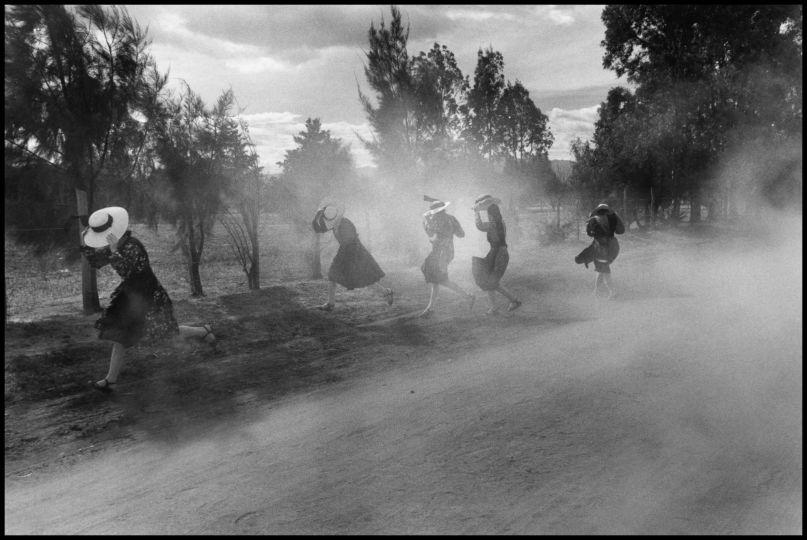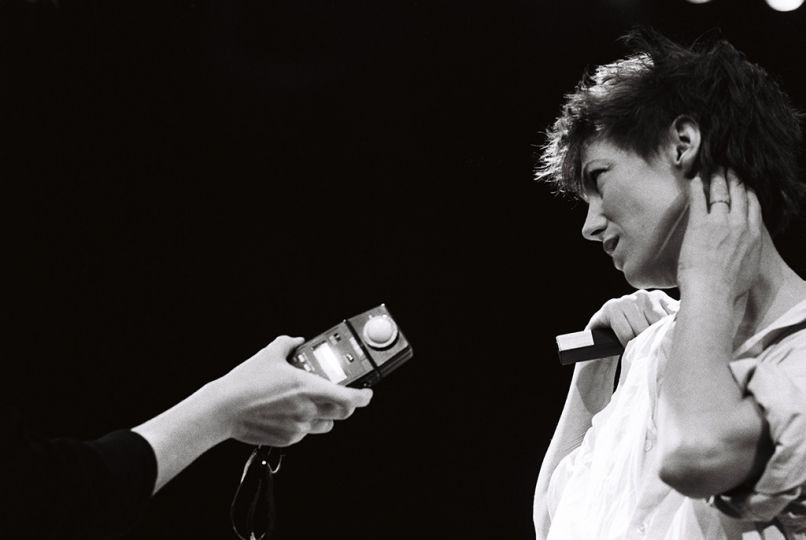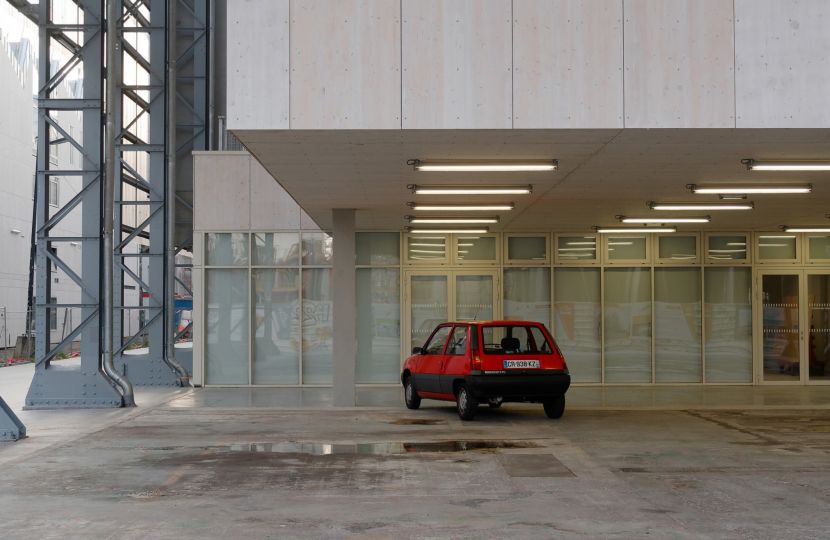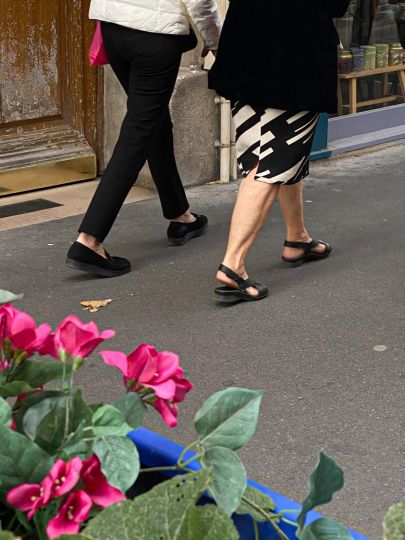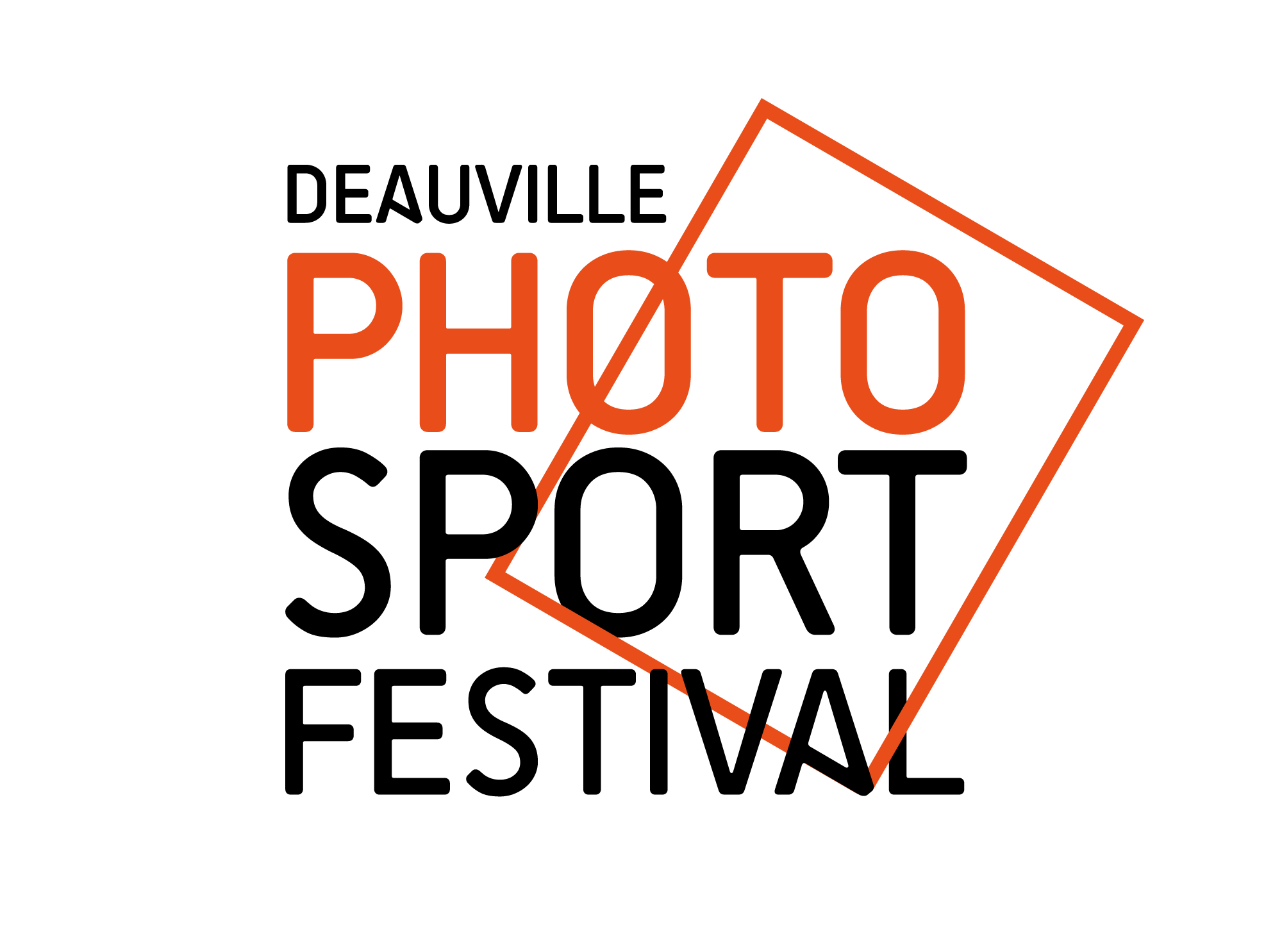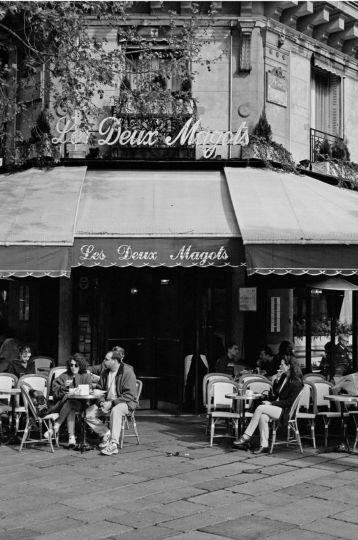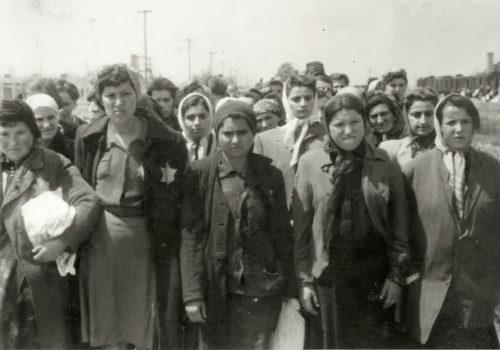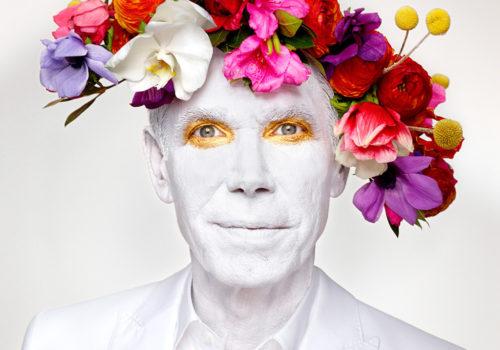From the North Sea to the Mediterranean, it is a breath of iodine that crosses the Roger-Viollet Gallery thanks to a new series of panoramic and stereoscopic colored photographs.
These images, taken from 1860 to the early 1900s, depict a very different perception of the sea, whether one is a summer visitor in Nice or a shrimp fisherman in Calais. At that time, in the minds of most people, the French coasts seemed more dedicated to the economy
of local labor than to the emerging leisure activities. Twenty years after the invention of photography, the operators of the Parisian studios Léon & Lévy travelled the coastline, capturing the people of the sea, the regattas and the first baths in one-piece swimsuits for women and men.
The Léon & Lévy studios were the forerunners of stereoscopic images on glass plates (8.4 x 17.2 cm), panoramic views (16 x 42 cm) and very large format (24 x 30 cm), marking the beginning of an industry aimed at a general public who chose these photographs from a catalog. The engineers of the Léon & Lévy studios invented a process that allowed for the coloring of photographs on a second glass plate placed between the positive image and a frosted film. The stereoscopic relief images then become even more realistic when viewed through a stereoscope.
These forty-eight images come from a collection of several hundred thousand glass plates of which 110 tons were saved from destruction in the 1970s by Hélène Roger-Viollet. Exhibited by the Roger-Viollet Gallery for the first time, these modern prints on
Hahnemühle 290g Bamboo paper are offered in large format, in limited and numbered edition.
The Léon & Lévy studio
Moyse Léon and Isaac, known as Georges Lévy, began as assistants in the Parisian photographic studio Ferrier-Soulier during the Second Empire. They founded their own studio in 1864 and sold prints on albumen paper, mainly stereoscopic views, under the signature Léon et Lévy “L. L.”. The firm Léon & Lévy participated in the 1867 World’s Fair where it won the Emperor’s Great Gold Medal. In 1874, the Léon et Lévy studio became J. Lévy et Cie, with Isaac Georges Levy as the sole director of the company from that date on. With the arrival of Georges Levy’s two sons, Ernest and Lucien, in 1895, the company expanded and became Lévy & fils, with the works retaining the signature “L. L.”. This photographic firm had an intense activity, publishing prints sold individually, albums compiling travel photographs as well as postcards, all between 1864 and 1917, when they stopped their activities. The Léon & Lévy collection was bought in 1970 by the Roger-Viollet Agency. Today, these glass plate negatives are part of the Parisian heritage. They are kept by the Bibliothèque Historique de la Ville de Paris and distributed exclusively by the Roger-Viollet Agency.
Practical information
Tuesday to Saturday from 11 am to 7 pm
Address : 6, rue de Seine 75006 Paris
Phone : 01 55 42 89 00
roger-viollet.fr
[email protected]
Information
Galerie Roger-Viollet
6, rue de Seine 75006 Paris
June 23, 2022 to September 03, 2022

